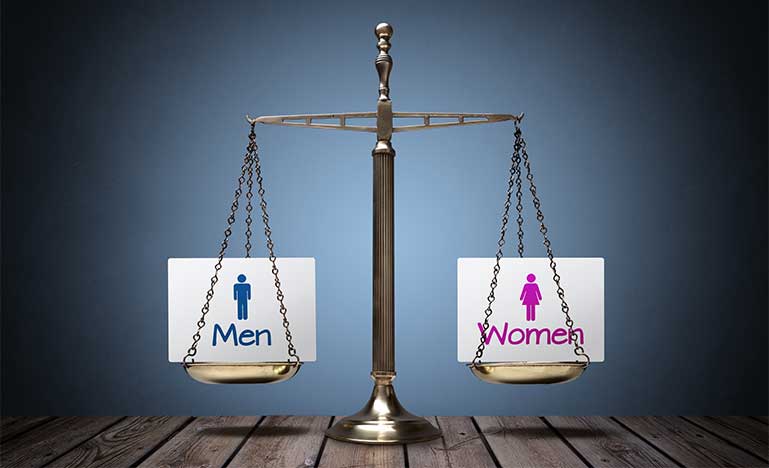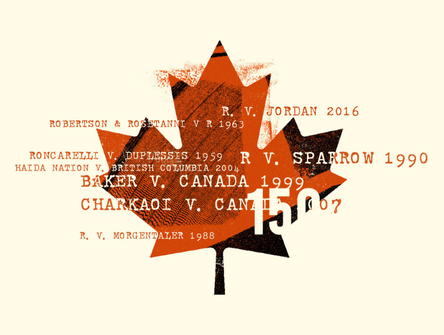Being proactive about pay equity
What role must law societies play in guiding the legal profession towards eliminating the pay gap?

Pay equity remains a perennial issue in the legal profession. Evidence suggests women in law generally earn between 7% and 11% less than men (according to a recent Advocates’ Society article). Though the figure comes slightly below the 13 per cent gap in the Canadian workforce overall, even a small gap is unacceptable.
A related problem is that finding good data on compensation is a challenge when looking at the varied practices that exist in the legal profession. Even within a firm or workplace it’s difficult to compare “apples to apples” to determine whether women lawyers are receiving equal compensation compared to their male colleagues. Never mind applying the same analysis when factoring into the equation race, Indigeneity, disability, gender or sexuality.
And now, we have a further problem: the COVID-19 pandemic and the uncertainties it presents for the profession. The gender pay gap has been a source of dark humour in these twisted times. As lawyer Angela Chaisson recently tweeted, “The government providing COVID19 relief to people regardless of gender is the closest women have ever gotten to equal pay.” Pay equity, and women’s equality more broadly, should also be top of mind post-pandemic to ensure women are not disproportionately affected by the inevitable economic changes to come. (Notably, New Zealand Prime Minister Jacinda Ardern and her government ministers are taking a 20 per cent pay cut for the next six months in solidarity with workers affected by the crisis. Watch to see if male world leaders follow suit.)
Luckily, there are institutions in our profession that have experience gathering data about lawyers and helping them navigate times of change: the law societies. So I set up a (virtual) meeting with Carrie Ricker, president of the Nova Scotia Barristers’ Society, to talk about what role the NSBS and its counterparts in other provinces could play in overseeing pay equity in the profession.
According to Ricker, the NSBS does not currently track data on pay equity through annual firm reports or lawyer reports, and she was not aware of other law societies doing so. There is only anecdotal evidence of pay inequity in Nova Scotia legal workplaces, along with other gendered differences. “I think it’s fair to say that issues of equality and equity generally continue to be significant in the legal profession,” Ricker told me. Results of a forthcoming survey by the NSBS Gender Equity Committee ought to give us a more detailed picture.
The NSBS hasn’t yet decided to gather data about lawyers’ pay, but it’s not off the table: “We’re looking at the barriers to retention for equity seeking groups, including women in the profession, and what can we do to address that, so data tracking is certainly an element of that,” Ricker said.
It wouldn’t be an easy task for a law society to gather good data on pay, and Ricker acknowledges there could be pushback from the firms. “I think the concerns would be primarily related to two issues,” she said. “One would be resources.” As she explained, it could be difficult for firms (especially smaller firms) to provide digestible data on lawyer compensation organized by gender as part of their annual reporting, if they’re not already tracking it internally.
The second concern Ricker raised is the “apples to apples” issue. Comparing the salary of an in-house counsel to a sole practitioner will complicate the overall assessment of pay equity — and it could reveal confidential information, depending on how the data are presented.
Another important tool in Nova Scotia to guide the profession towards equitable compensation is the self-assessment process for law firms, which is illustrative of the Society’s “Triple P” (proactive, principled, and proportionate) approach to regulation. Firms across the province are expected to regularly review and assess their “Management Systems for Ethical Legal Practice,” or MSELP.
The Society’s MSELP materials include a self-assessment tool and workbook for legal workplaces to examine how they’re doing in 10 key areas, including “Working to improve diversity, inclusion and substantive equality.” The MSELP, Ricker explained, is “a proactive way of saying to firms, have you looked critically at your policies and procedures, how you do your pay scales, have you considered them from an equity perspective, are they free of bias?” and offering template policies and other resources. The NSBS has also recently launched an Equity Lens Toolkit, intended to be another proactive way for legal workplaces to evaluate how they provide services and fulfill their ethical obligations. Viewing lawyers’ ethical obligations through an equity lens could, in turn, lead to a more equitable approach to compensation within legal workplaces.
Ricker emphasized that pay is only part of a larger equity conversation, in which the whole profession needs to participate: “Like many things, whether it’s harassment and discrimination or pay equity issues or cultural competency, there’s a role for all. These are complex historical issues that no one party is likely to be able to come in and say, ‘oh, we’ve got the solution … and we’re going to fix it.’ It’s really about a system shift that everyone has to play a part in.”


